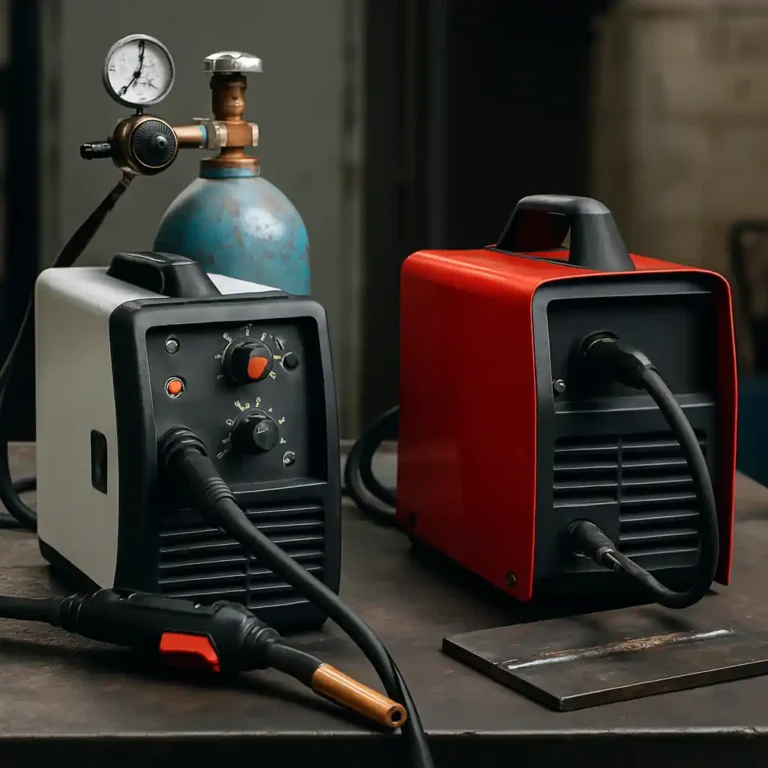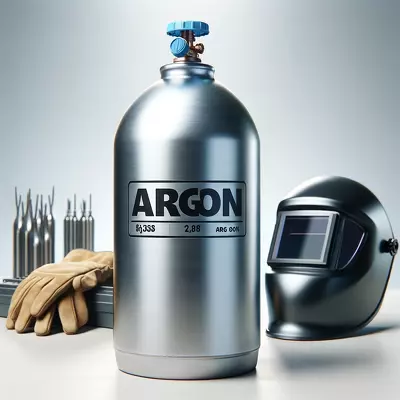Gas vs No Gas MIG Welding: Which Setup Is Best for Your Needs?
When it comes to MIG welding, one of the most important decisions a welder makes is whether to use a gas-shielded system or go gasless with flux-core wire. Both options offer unique advantages depending on the project, environment, and budget. Whether you’re a beginner setting up your first machine or an experienced welder considering a…










